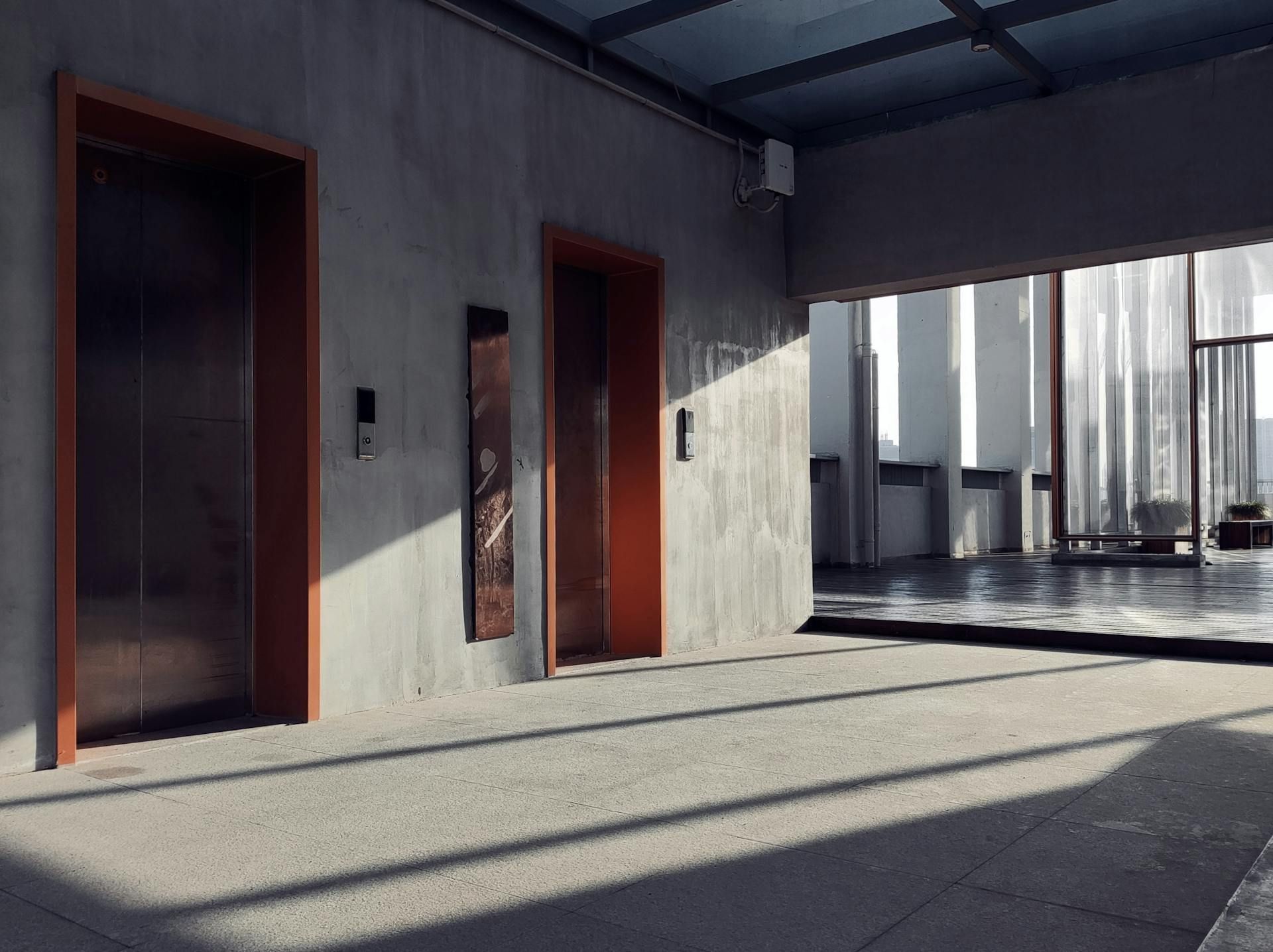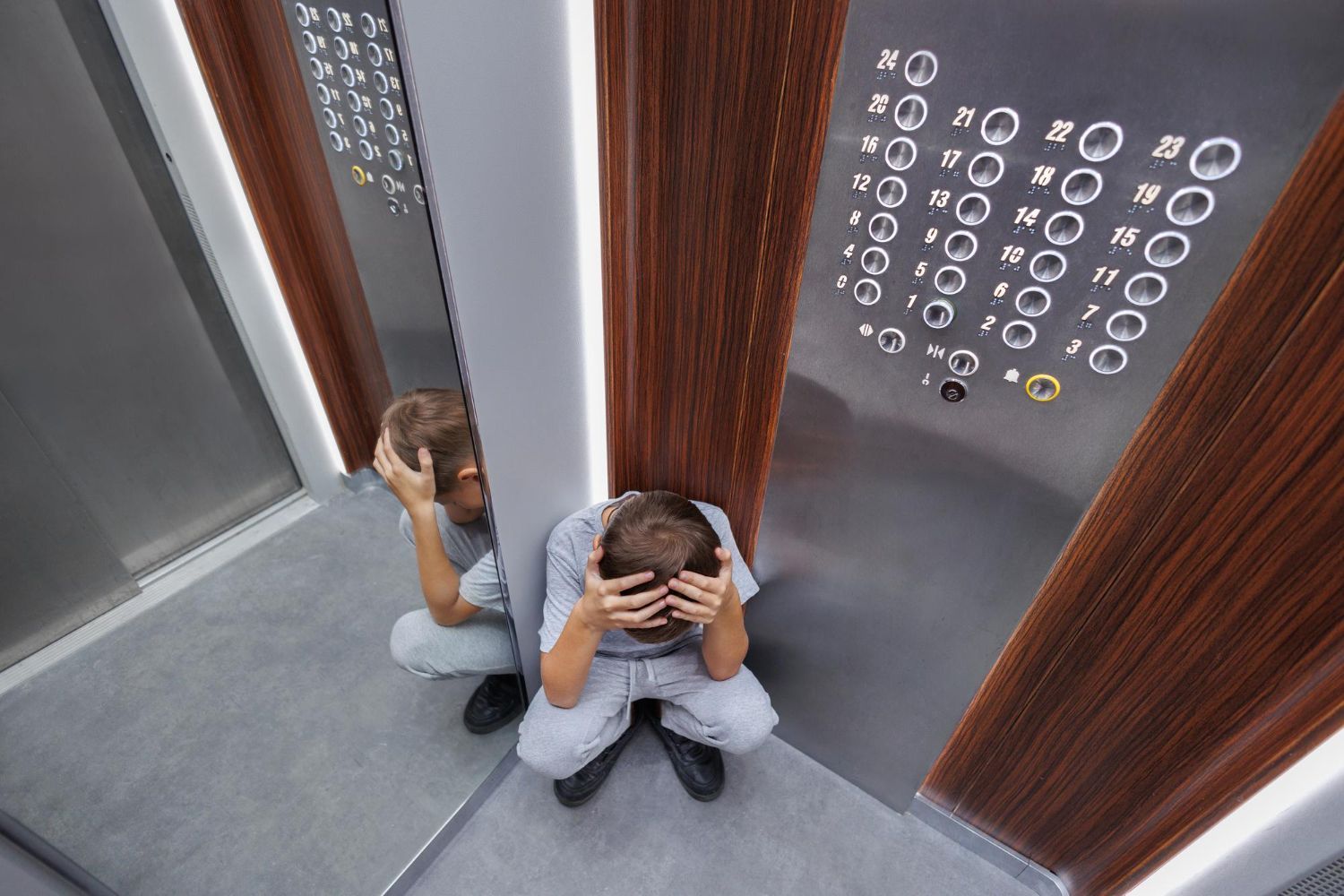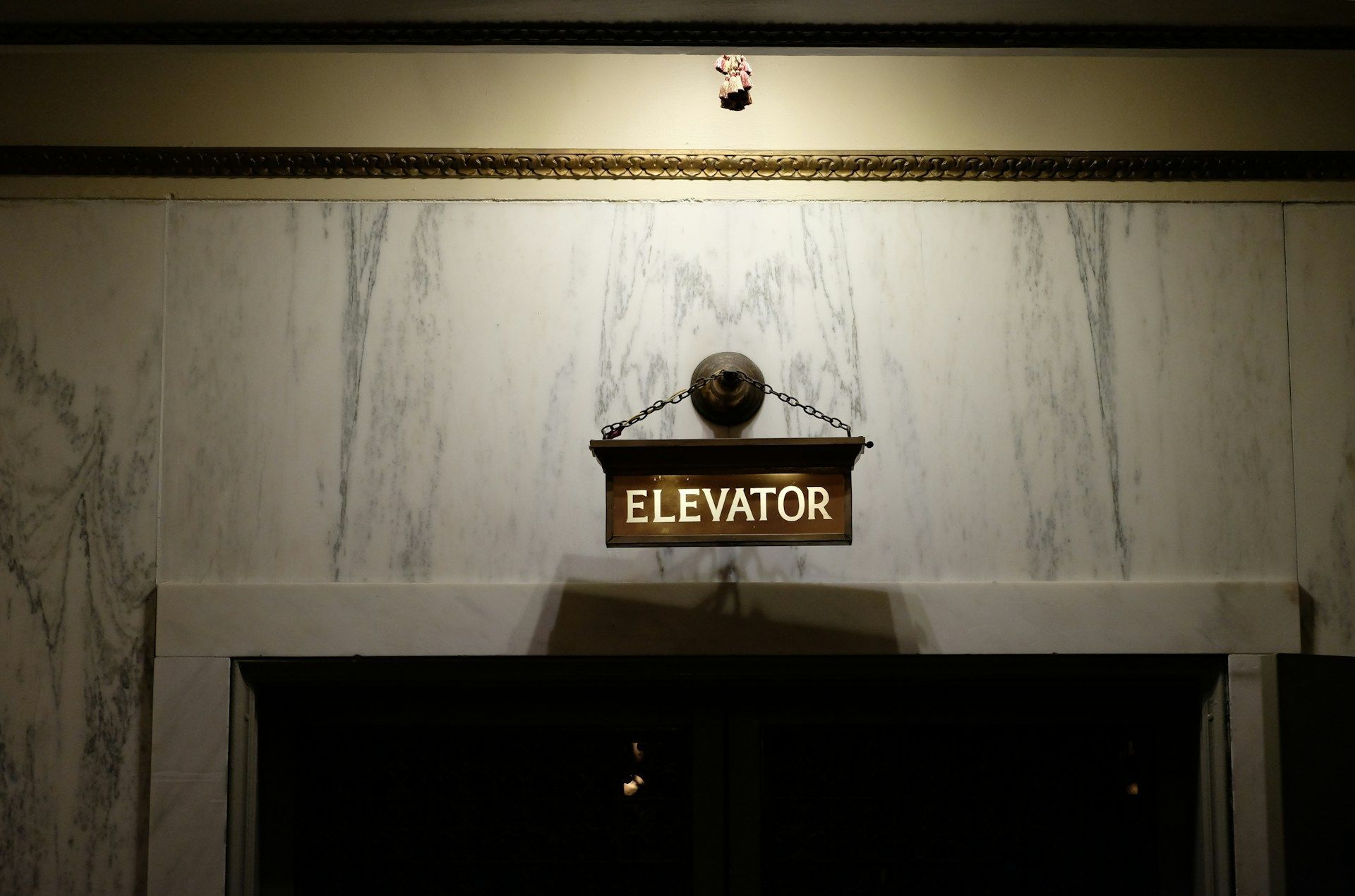Top Elevator Installation Trends to Watch in 2025
Elevator technology is always moving forward, affecting how buildings are designed and used. Keeping up with these changes is important for anyone managing buildings, especially in areas like Kentucky and Indiana where elevators are vital for accessibility and efficiency. In 2025, there are exciting trends shaping how elevators are installed, balancing new technology with eco-friendly practices. These trends are not just about making elevators work better; they’re also about making them smarter and more aligned with today’s emphasis on sustainability. Recognizing these trends helps building managers and owners make sure their systems are up-to-date and ready for future demands.
For businesses and property managers, staying informed about these trends isn't just about being contemporary; it's about improving user experience and enhancing the overall function of the building. By integrating these new trends, buildings can provide a smoother and more efficient experience for all users.
Smart Elevators with Advanced Technology
The future looks bright for elevators as they get smarter with the help of advanced technology. Smart elevators that use the Internet of Things (IoT) are becoming more common, bringing a new wave of innovation to buildings. These elevators can talk to each other and other building systems, making operations much smoother. This means less waiting time and more efficiency as elevators can predict busy times and adjust accordingly.
Some key features of smart elevators include:
- Touchless Controls:
These allow passengers to call elevators or select floors without pushing a button. It’s as simple as a wave or using a smartphone, making for a cleaner and faster experience.
- Real-Time Monitoring: Elevators can now report their status instantly. If there’s a problem, the system alerts the maintenance team immediately, reducing downtime.
- Predictive Maintenance:
Instead of waiting for something to break, these systems can predict maintenance needs before issues arise, preventing disruptions.
An elevator that knows when it’s about to get busy and adjusts its speed and stops accordingly improves the ride and reduces wait times, which is essential in busy environments. These smart applications not only enhance how elevators function but also make them safer and more reliable. As these systems become more widespread in Kentucky and Indiana, the expectation for smarter building infrastructure grows, adapting to the demands of both residents and businesses.
Energy-Efficient Elevator Systems
The push for sustainability has made energy-efficient elevators a big topic in the elevator industry. As more buildings look to cut down on energy use, these elevators offer a way to be both eco-friendly and cost-effective. Systems equipped with regenerative drives are leading this trend. These innovative drives capture energy generated when the elevator moves and put it back into the building's electrical system. This not only reduces electricity consumption but also lowers operational costs—a win-win for building managers and owners.
Another feature gaining popularity is LED lighting inside elevators. Unlike traditional bulbs, LEDs use less power and last much longer. This helps reduce energy bills and maintenance costs over time. Buildings with energy-saving elevator systems contribute to a greener environment, satisfying growing expectations from both tenants and regulatory bodies.
Consider an example: a mid-size office building in Kentucky making the switch to these sustainable systems. The building reduces its monthly energy use significantly, cutting down on expenses and enhancing its appeal to eco-conscious tenants. As more buildings adopt these technologies, energy-efficient elevators are set to become the standard in new installations.
Enhanced Safety Features
The future of elevator safety is taking a leap forward with new advancements aiming to protect passenger well-being and meet stringent safety standards. One major improvement is in emergency braking systems, which quickly secure the elevator during mechanical issues, reducing the chance of accidents. Enhanced fire safety measures are also incorporated in modern designs, preventing smoke infiltration and resisting high temperatures to safeguard passengers in emergency cases.
With stricter safety guidelines, these new systems benefit both property owners and users, providing peace of mind and compliance with current safety laws. As technology keeps advancing, safety features will continue to improve, making elevators a more secure mode of transportation.
An elevator equipped with sensor technology that detects when something or someone is blocking the door, automatically retracing to avoid any accidents, enhances safety. As Kentucky and Indiana buildings adopt these safety features, they provide enhanced protection for all who use them.
Customizable and Aesthetic Designs
Elevators are breaking away from their one-size-fits-all designs and embracing a more customizable approach. Building owners now have the option to tailor elevator interiors, adding a layer of aesthetic appeal that matches the building’s decor. Options range from using sleek materials like stainless steel to choosing vibrant finishes that make a statement.
In 2025, popular design elements include minimalist styles with clean lines, or luxurious interiors with polished wood and ambient lighting. These custom options not only enhance the visual appeal but also reflect the building’s image and identity, helping it stand out in a crowded market.
A residential complex in Indiana recently upgraded its elevators with stylish finishes and mood lighting, resulting in increased tenant satisfaction. Enhancing the passenger experience in this way can turn an ordinary ride into a part of the building’s unique charm.
Integration with Building Management Systems
Modern elevators don't just transport people—they're becoming an integral part of comprehensive building management systems (BMS). These systems allow elevators to work seamlessly with HVAC, lighting, and security systems, optimizing the building's operations.
Integration with BMS brings several advantages:
- Energy Efficiency:
Coordinated energy use can lead to significant savings.
- Reduced Maintenance Costs: Scheduled maintenance and timely alerts prevent major issues.
- Improved User Experience: Efficient traffic management minimizes wait times.
As buildings in Kentucky and Indiana evolve with these integrated systems, they offer a more efficient and enjoyable environment for everyone.
Looking Forward: The Future of Elevators in Kentucky and Indiana
The trends discussed are shaping the future of elevator installations, bringing innovation, safety, and style together. From smart technologies to customizable designs, these advancements create opportunities to enhance building operations and user experience. As more facilities in Kentucky and Indiana implement these trends, the promise of a smarter, more efficient future becomes a reality.
For those planning their next installation, considering these trends will not only future-proof their investment but also ensure they meet the growing expectations of their buildings and users.
Ready to dive into the future of elevator technology? Explore the seamless benefits of modern
elevator installation with Elevator Solutions Inc. Whether you're looking to enhance safety, enjoy sleek designs, or integrate cutting-edge technology into your building, we're here to help. Let's turn your space into a model of efficiency and sophistication today.



